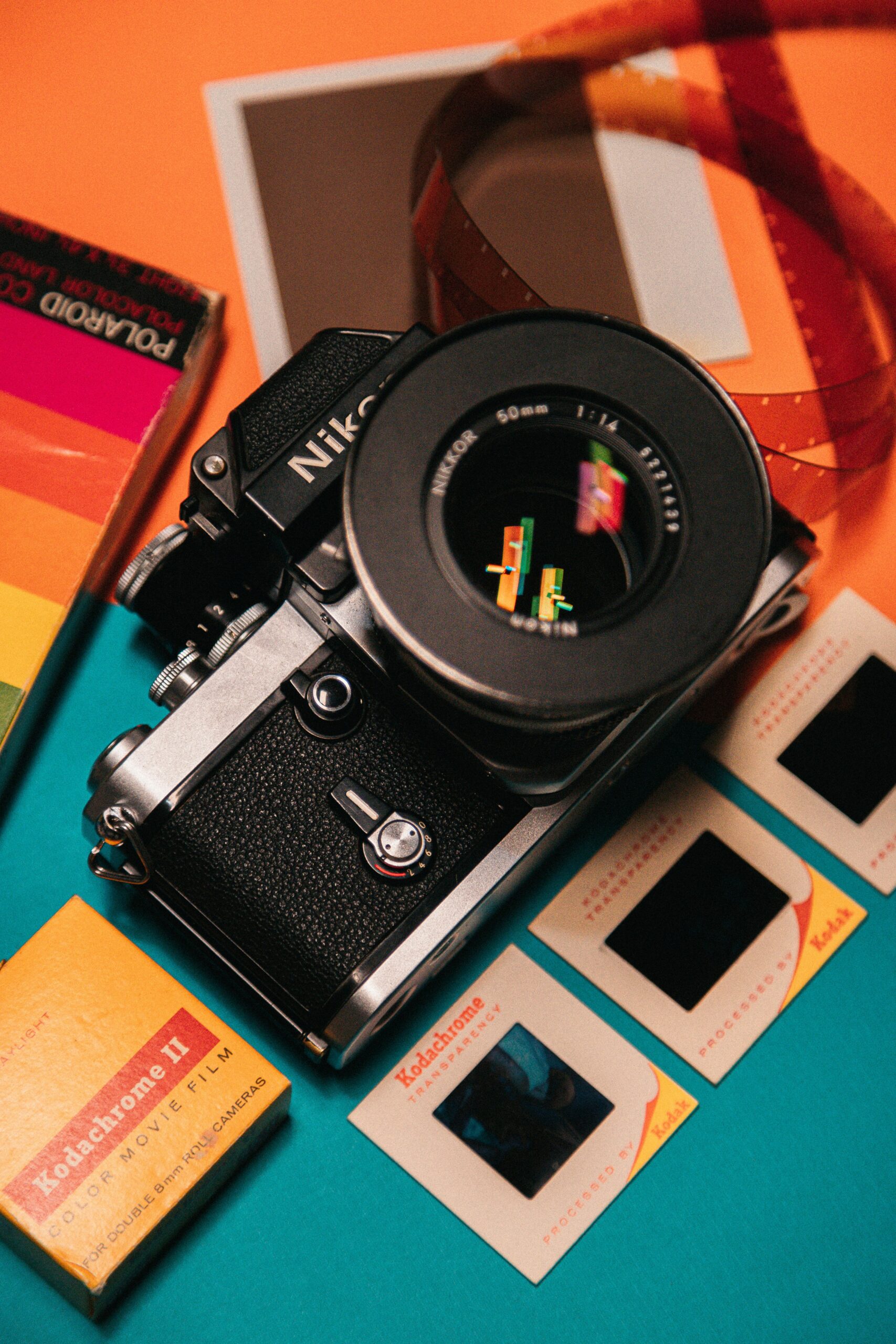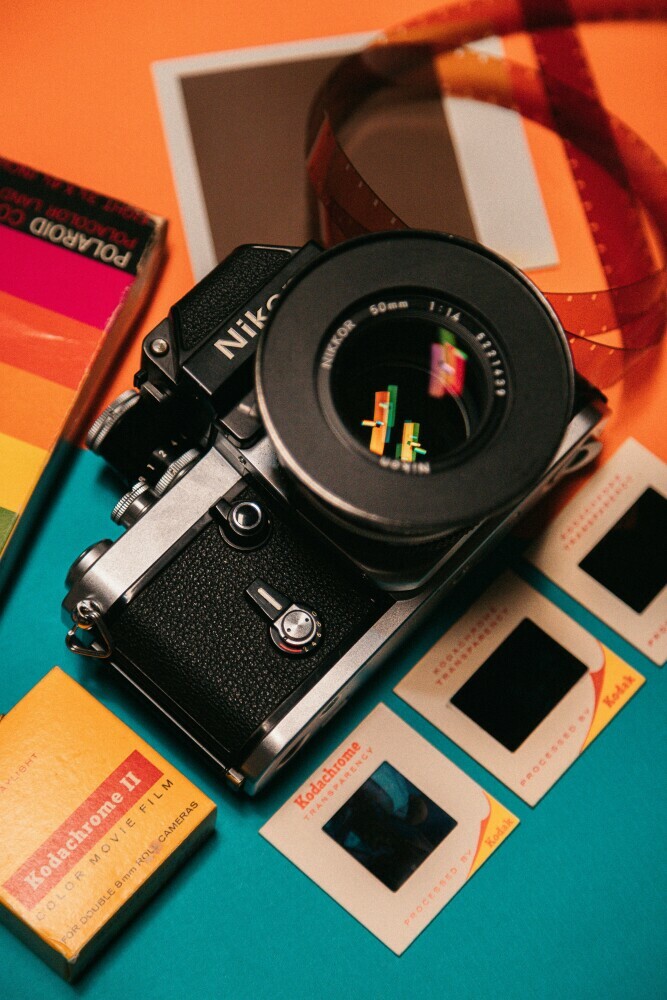 Jakob Owens (2019) [Photograph] Unsplash
Jakob Owens (2019) [Photograph] Unsplash
Having the right photography gear isn’t just a luxury—it’s a fundamental part of capturing quality images. Whether you’re an amateur eager to learn or a seasoned professional, the equipment you use can significantly impact your work.
Photography gear spans various types, each tailored to specific needs and styles. Cameras, lenses, tripods, lighting equipment, and accessories play crucial roles. Choosing the right gear means understanding what each piece brings to your photography experience.
This article focuses on detailed photography gear reviews and recommendations. You can make an informed decision by exploring different options and understanding their benefits. The goal is to provide clarity and confidence as you build your photography toolkit.
The reviews will guide you through the best options, from cameras with stunning resolution to lenses that capture the finest details. Accessories can enhance your work significantly, whether it’s a reliable tripod for stability or the proper lighting to get that perfect shot.
Camera Reviews
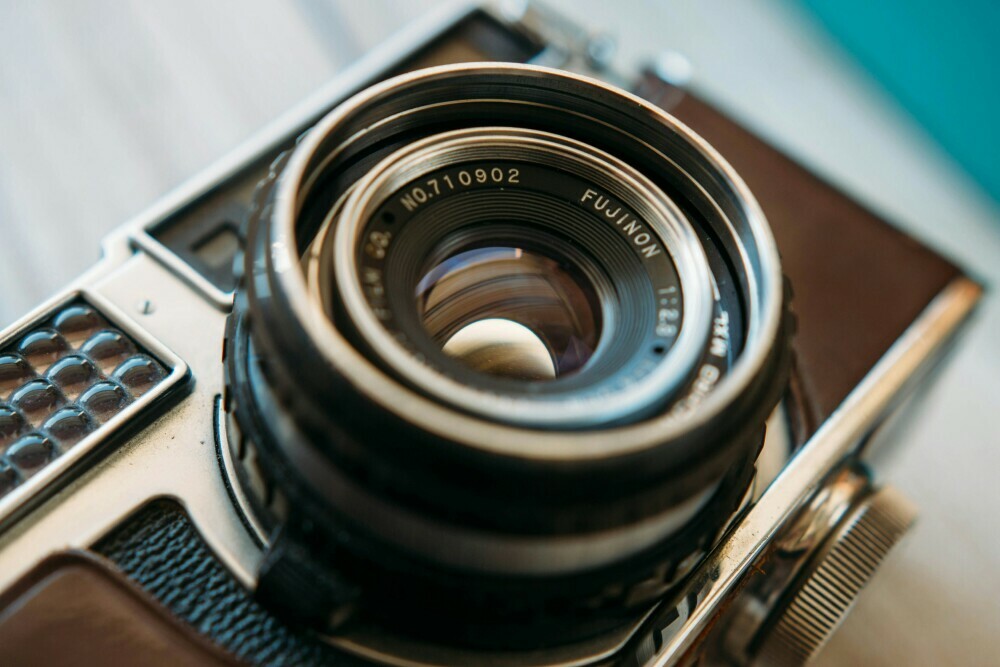 RetroSupply (2015) [Photograph] Unsplash
RetroSupply (2015) [Photograph] Unsplash
Choosing the right camera can set the foundation for your photography journey. Each type of camera has unique features and benefits, so it’s essential to find one that fits your style and needs.
Let’s start with DSLR cameras. These have been a staple for photographers due to their versatility and performance. They offer high image quality, a range of manual controls, and a robust build. Models such as the Canon EOS 5D Mark IV and Nikon D850 are renowned for their excellent performance and durability. Whether you’re capturing landscapes or portraits, these cameras can handle various shooting conditions effectively.
In recent years, mirrorless cameras have gained popularity. They are lighter and more compact than DSLRs without compromising on quality. Sony’s Alpha series, particularly the A7 III and A7R IV, have been praised for their advanced features and exceptional image quality. Fujifilm’s X-T4 is another excellent choice, known for its stunning color reproduction and fast autofocus system.
When choosing a camera, consider key features like sensor size, autofocus capabilities, and ergonomics. A camera’s sensor size impacts image quality and low-light performance. Autofocus speed and accuracy are crucial for capturing sharp images, especially in fast-paced environments. Ergonomics and ease of use can also make a big difference, ensuring the camera feels comfortable in your hands during long shots.
Invest in a camera that suits your photographic aspirations. Whether you’re looking for a DSLR’s reliability or a mirrorless model’s modern features, there’s an option to help you achieve your creative goals.
Lenses and Accessories Recommendations
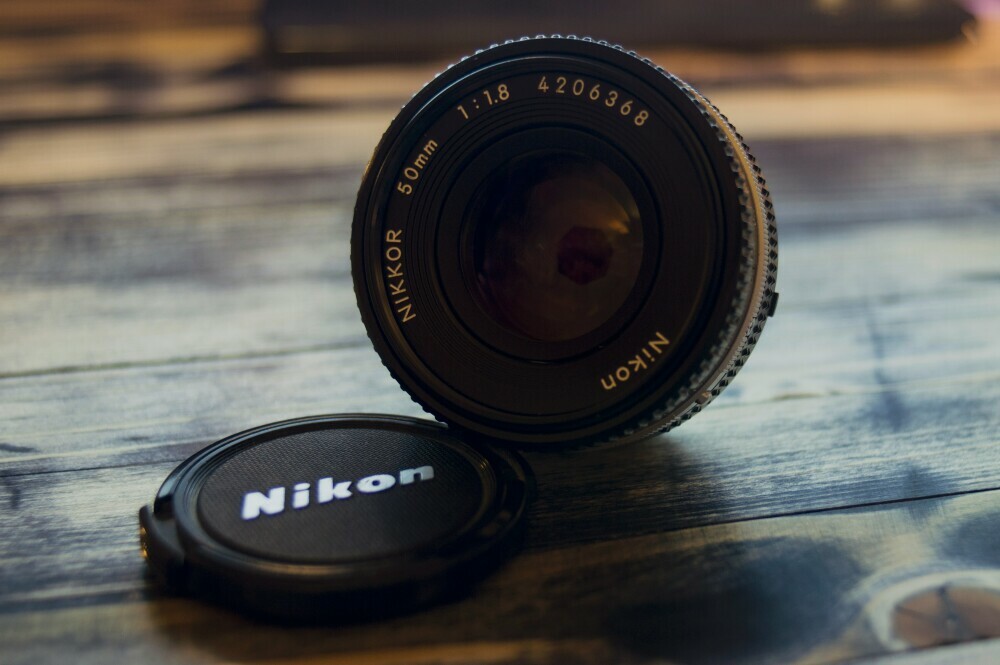 Connor Hancovsky (2014) [Photograph] Unsplash
Connor Hancovsky (2014) [Photograph] Unsplash
Lenses are the painter’s brush for photographers, allowing you to capture various perspectives and details. The type of lens you use can dramatically influence the outcome of your photos. For starters, with their fixed focal length, prime lenses offer sharp images and are great for portraits. Models like the Canon EF 50mm f/1.8 and the Nikon AF-S FX NIKKOR 50mm f/1.8G are classic choices beloved by many photographers.
Zoom lenses, on the other hand, provide flexibility. They cover a range of focal lengths, making them ideal for travel and landscape photography. The Sigma 24-70mm f/2.8 and the Tamron 70-200mm f/2.8 are excellent options that offer sharpness and versatility.
Don’t overlook the importance of accessories in enhancing your photography. A sturdy tripod can make all the difference in achieving steady, blur-free shots, especially in low light. The Manfrotto MT055XPRO3 is highly recommended for its durability and stability.
Filters are another must-have accessory. They can enhance colors, reduce glare, and protect your lenses. Polarizing filters like the Hoya Pro1 Digital Circular Polarizer are particularly effective for outdoor shoots. Neutral density (ND) filters can help you manage exposure in bright conditions and are essential for landscape photographers.
Lighting equipment also plays a significant role. The Godox AD200Pro offers robust, portable lighting solutions for various scenarios. Reflectors and diffusers can help you manage natural light and soften shadows.
Investing in quality lenses and accessories will elevate your photography, offering more control and creativity over your images. Choose gear that complements your camera and matches your photography style to maximize your toolkit’s potential.
User Experience and Tips
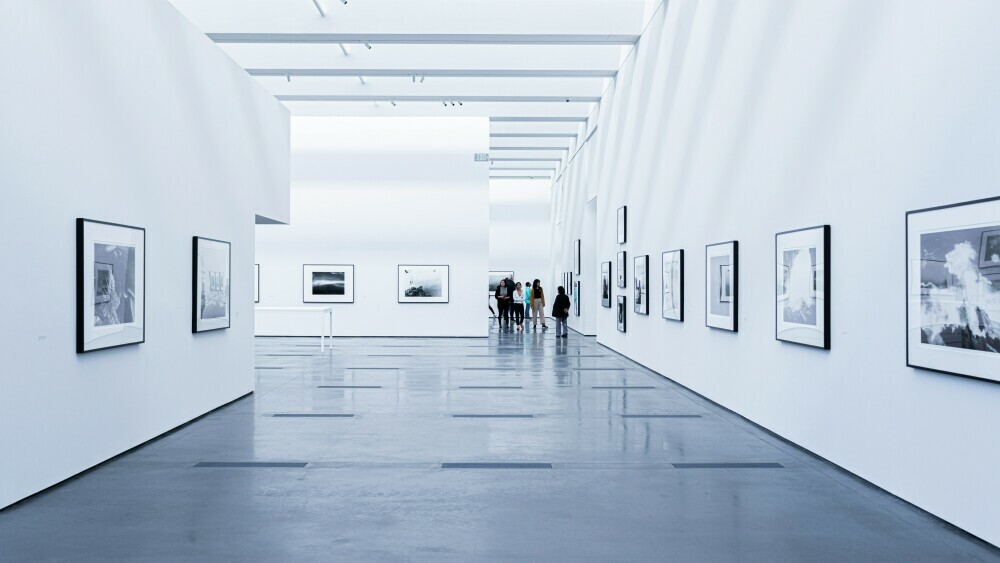 Vincentas Liskauskas (2020) [Photograph] Unsplash
Vincentas Liskauskas (2020) [Photograph] Unsplash
Real user experiences provide invaluable insights into the practicality and performance of photography gear. Reading testimonials and reviews from other photographers can help you understand how specific equipment works in different conditions. Websites like DPReview and forums like Reddit’s r/photography are great places to find genuine feedback.
Maintaining your photography gear is essential for longevity and performance. Regularly cleaning lenses and camera bodies ensures that dirt and dust don’t affect image quality. To avoid damage, use a microfiber cloth, a gentle lens cleaning solution, and a small vacuum or blower for the camera sensor.
Upgrading your gear can be exciting and necessary as you advance in your photography journey. Sometimes, a new lens or a better tripod can significantly improve your outcomes. Consider gradual upgrades; start with essential accessories like new lenses and move to more advanced equipment as needed.
Choosing the right gear involves understanding your style and preferences. Are you into wildlife photography or portraiture? Your needs will differ significantly based on your focus. For instance, bird photographers might prioritize telephoto lenses, while portrait enthusiasts might look for prime lenses with excellent bokeh.
Learning and growing as a photographer doesn’t just involve buying new equipment. Knowledge and practice are equally important. Online courses, workshops, and community groups can provide learning opportunities and inspiration. Investing time in education can be just as valuable as investing in gear.

